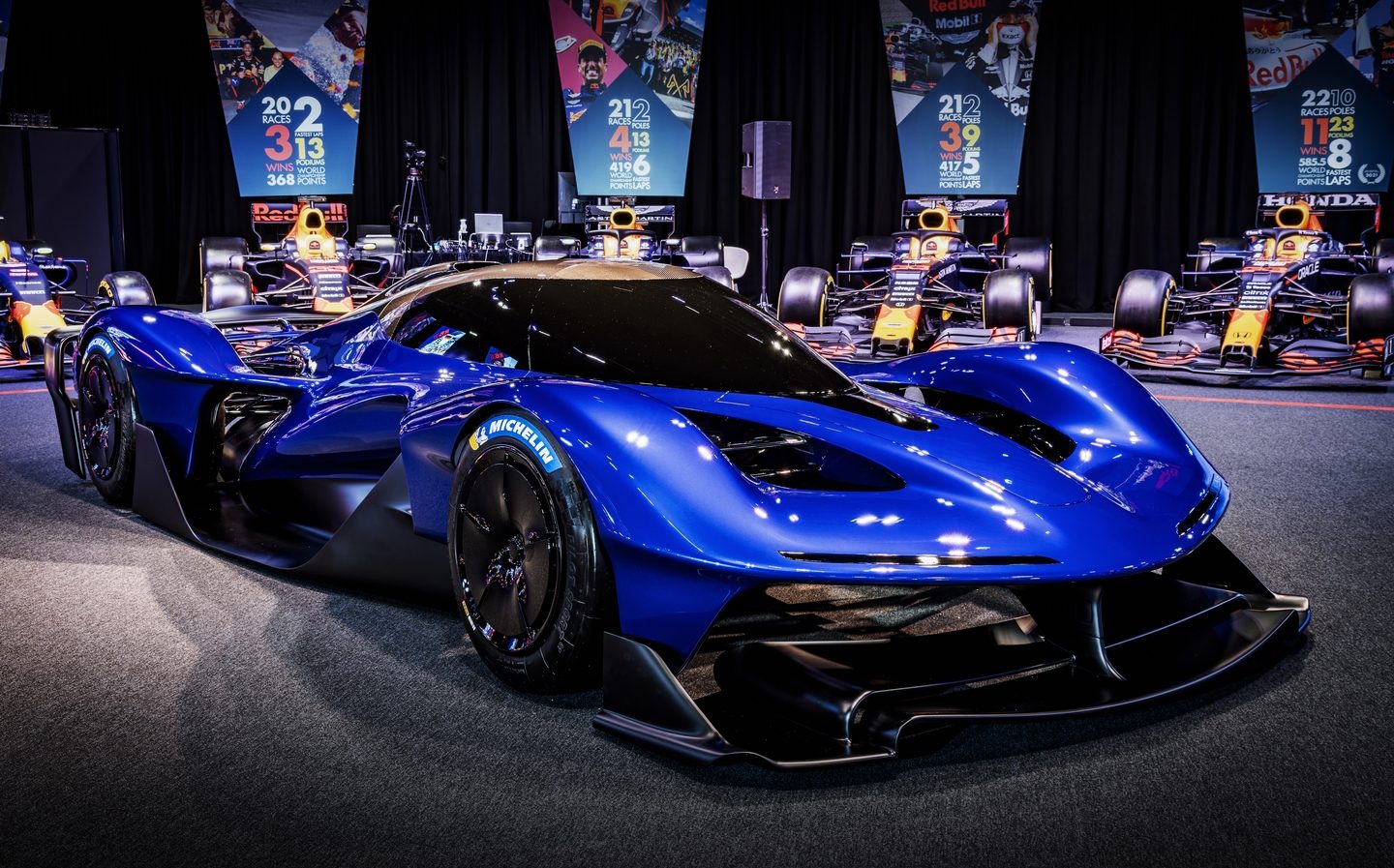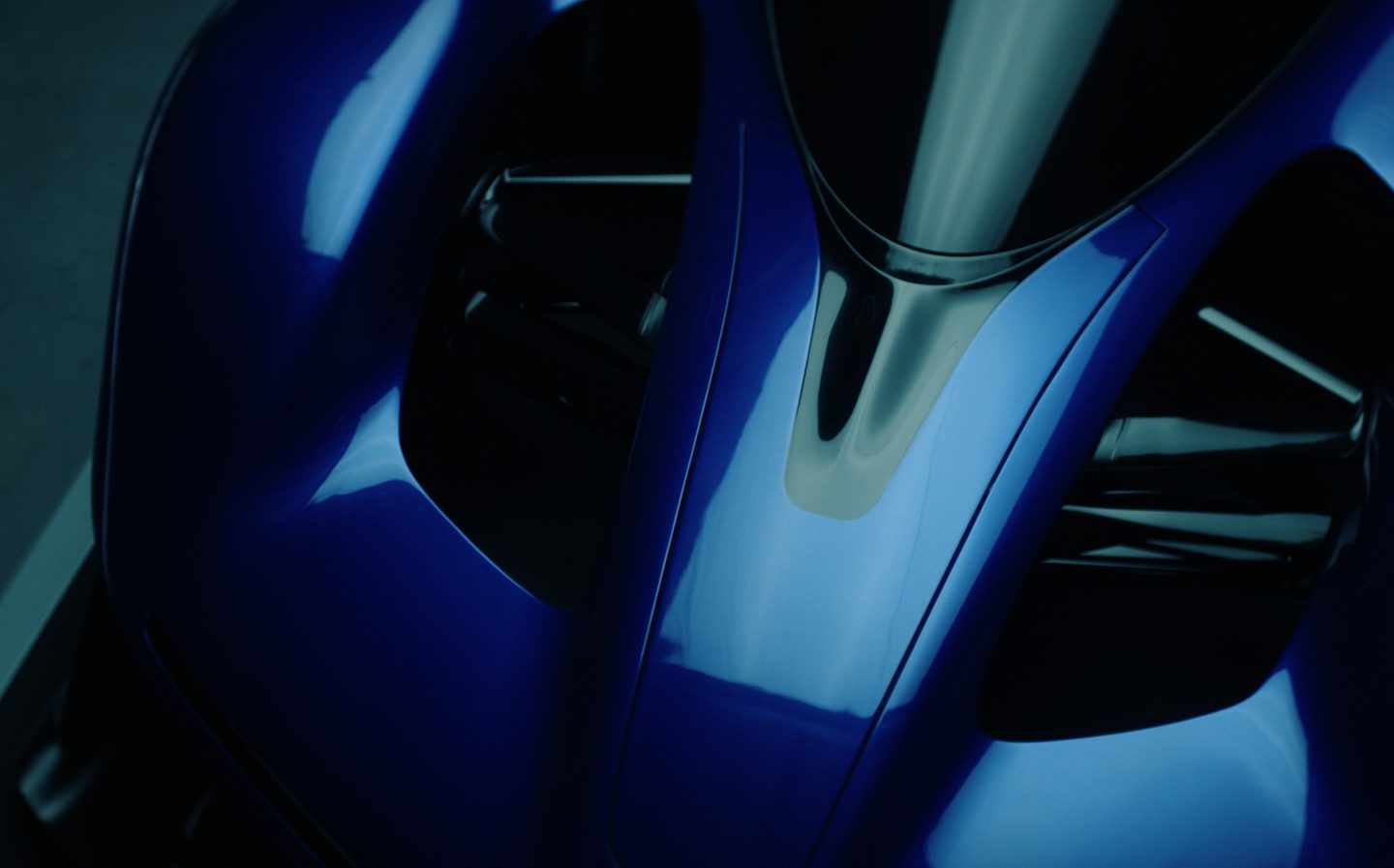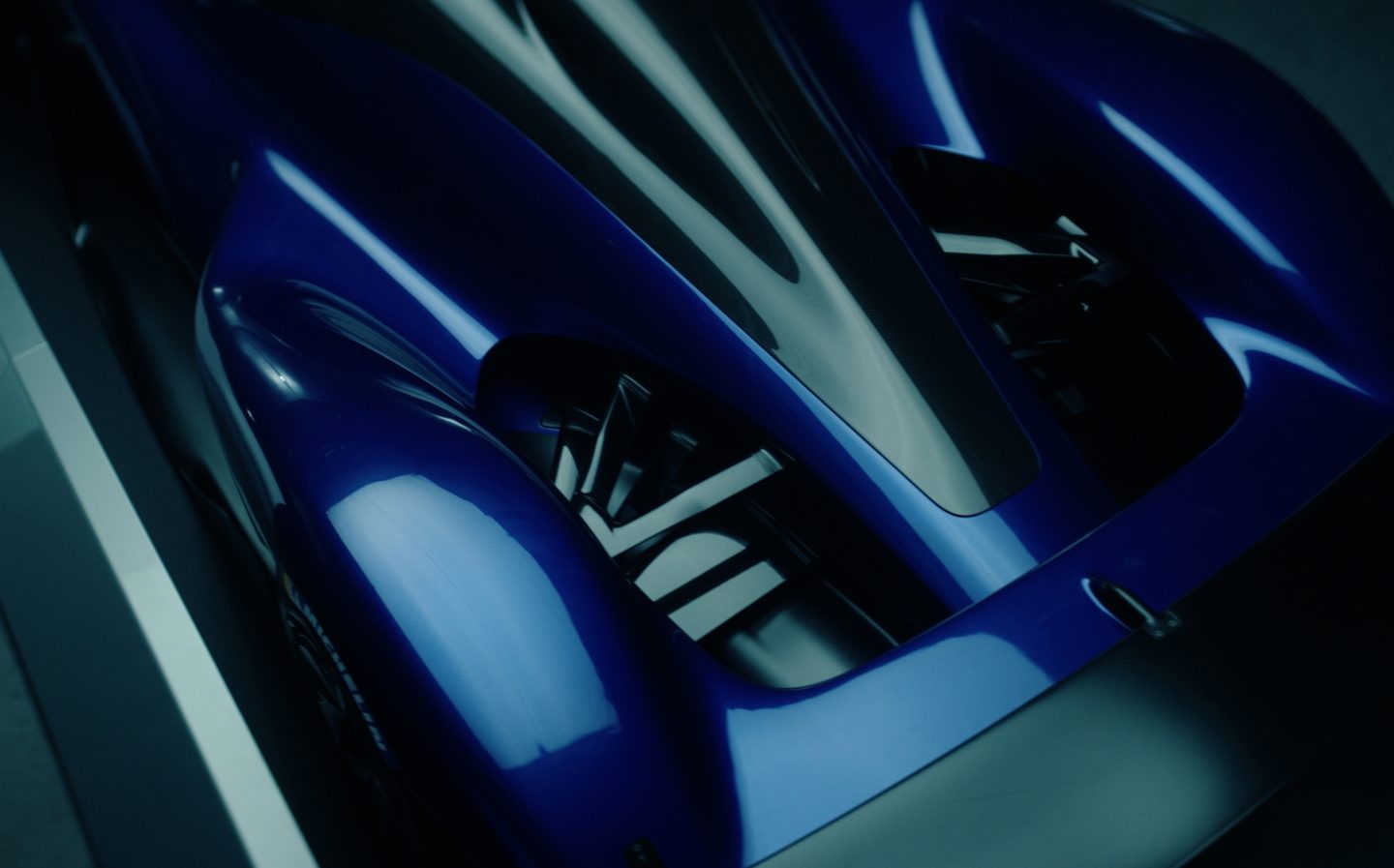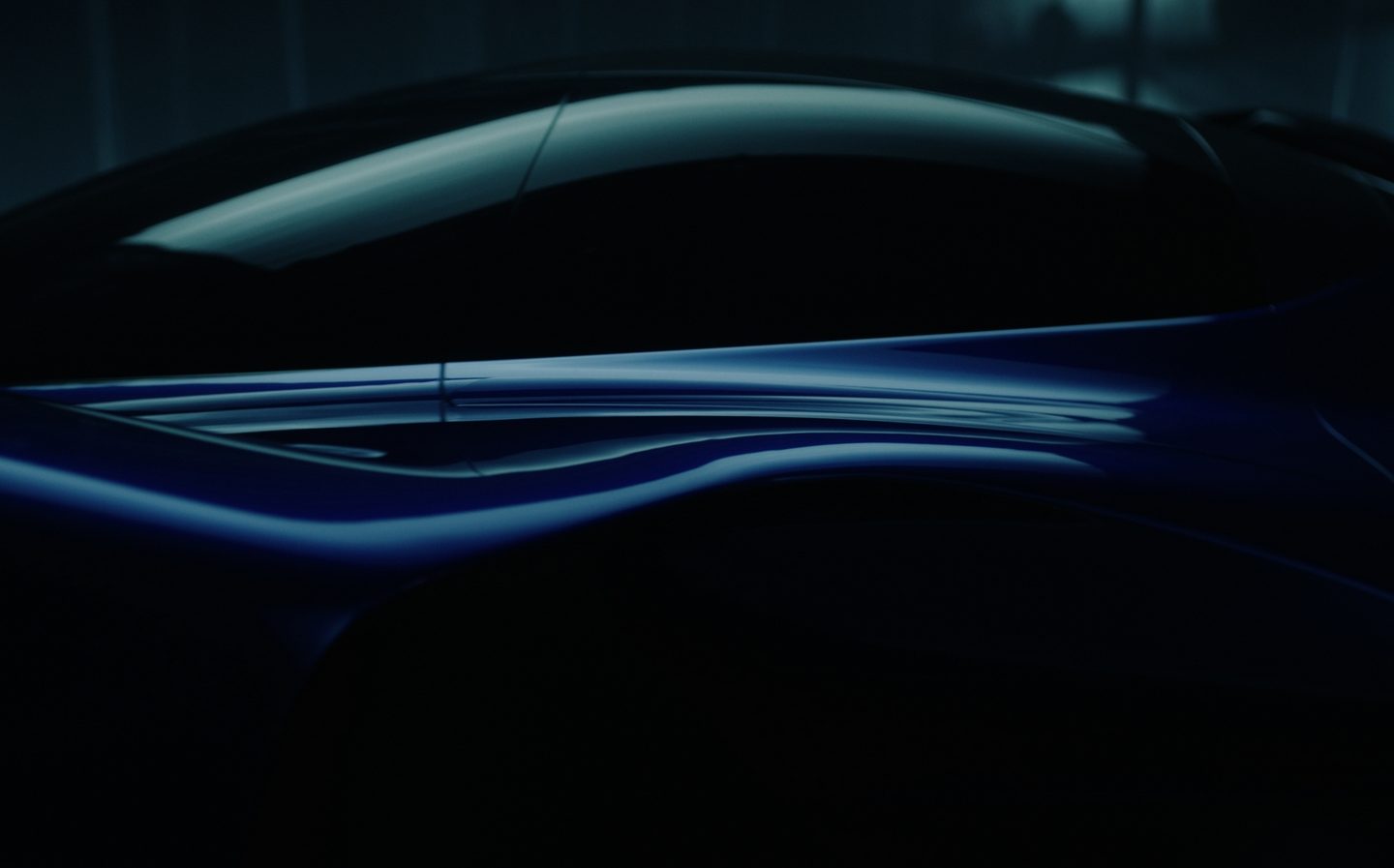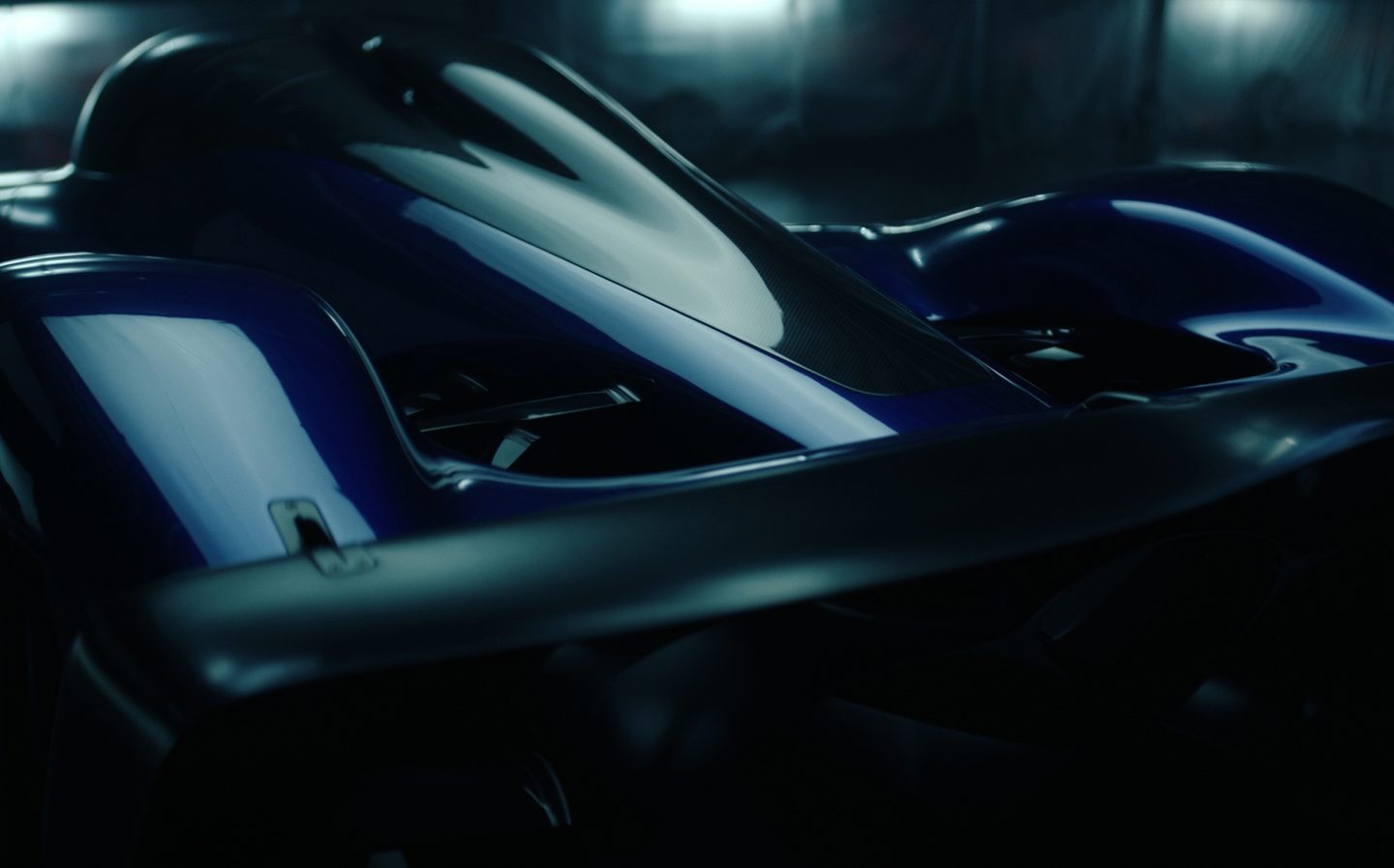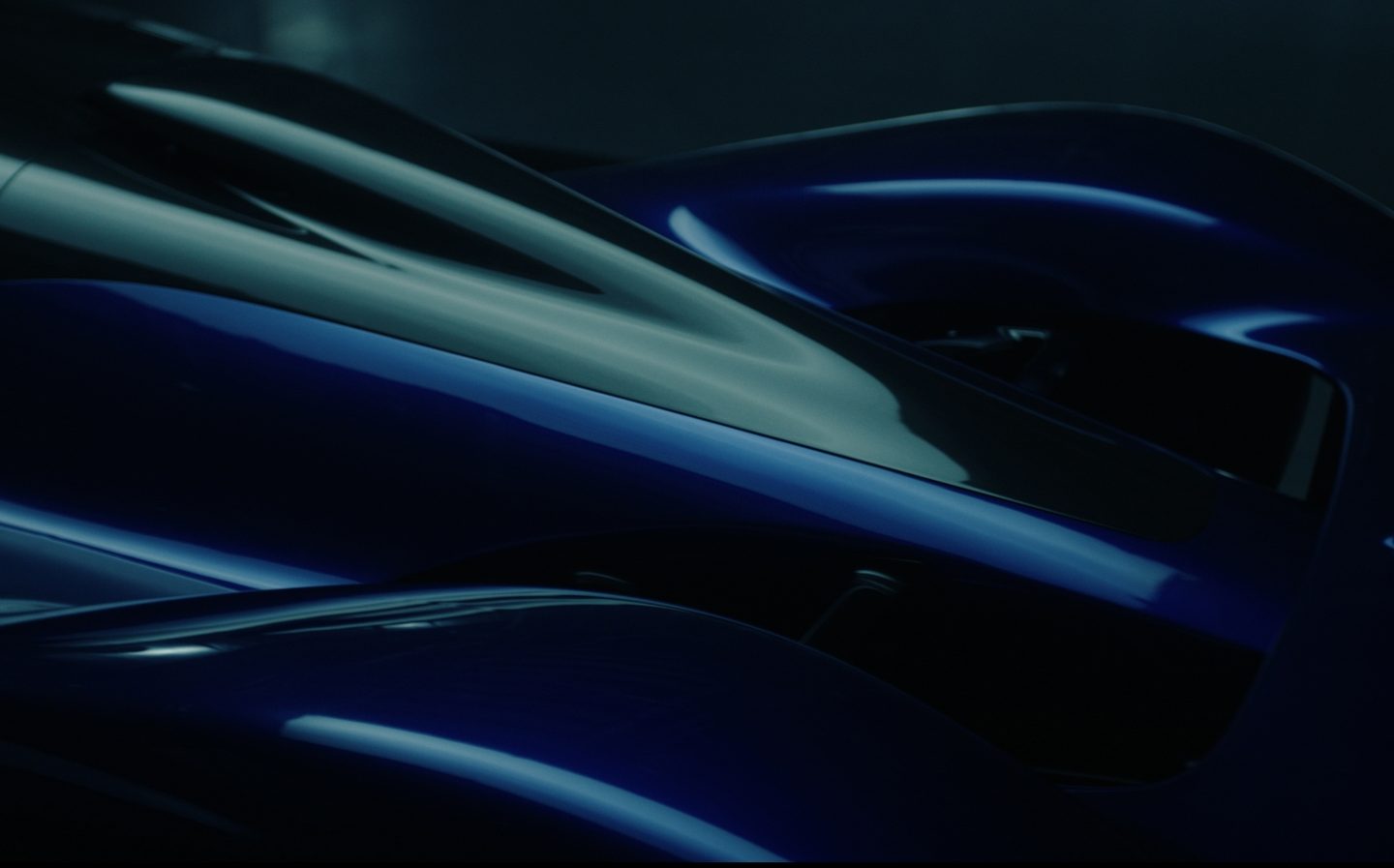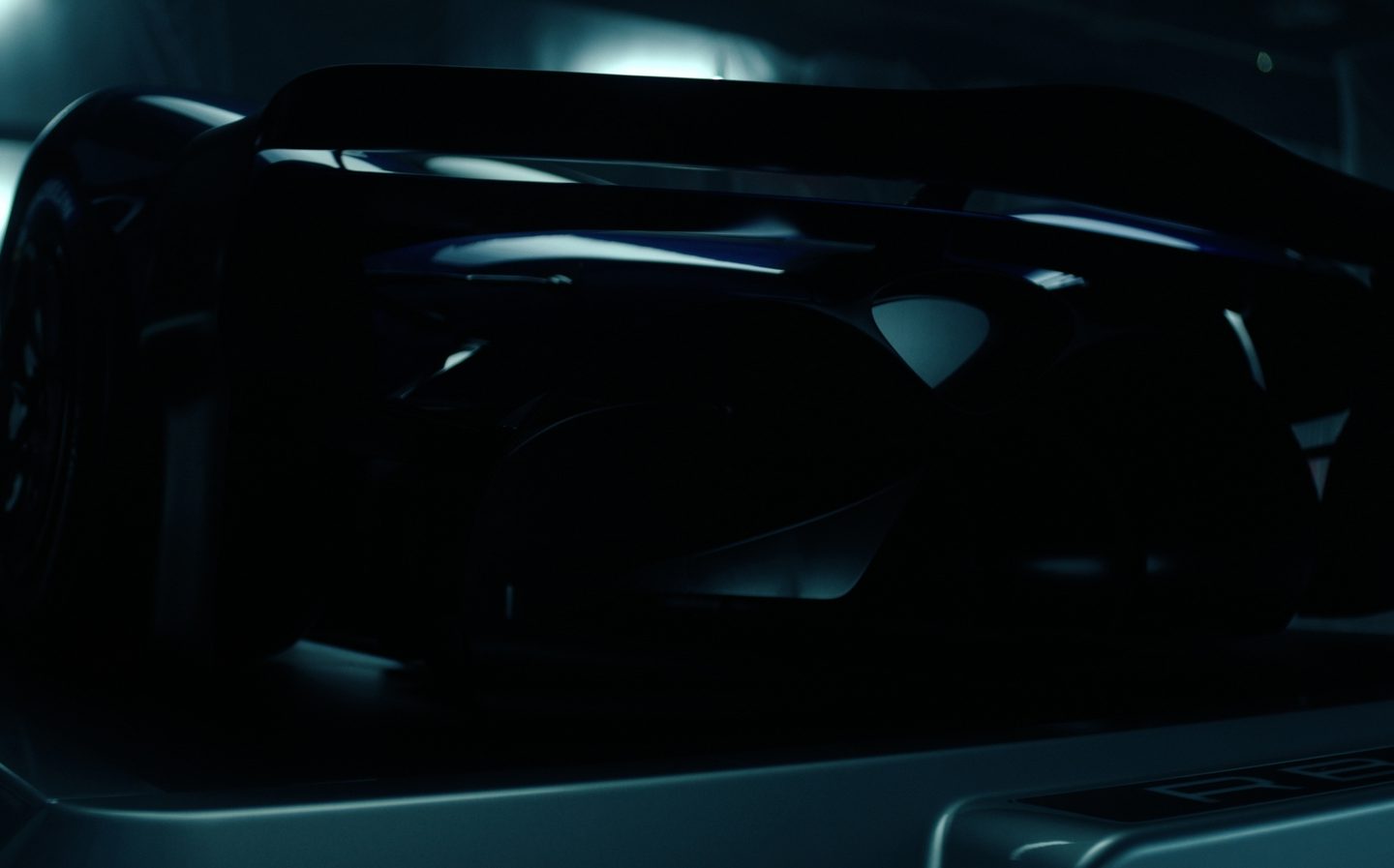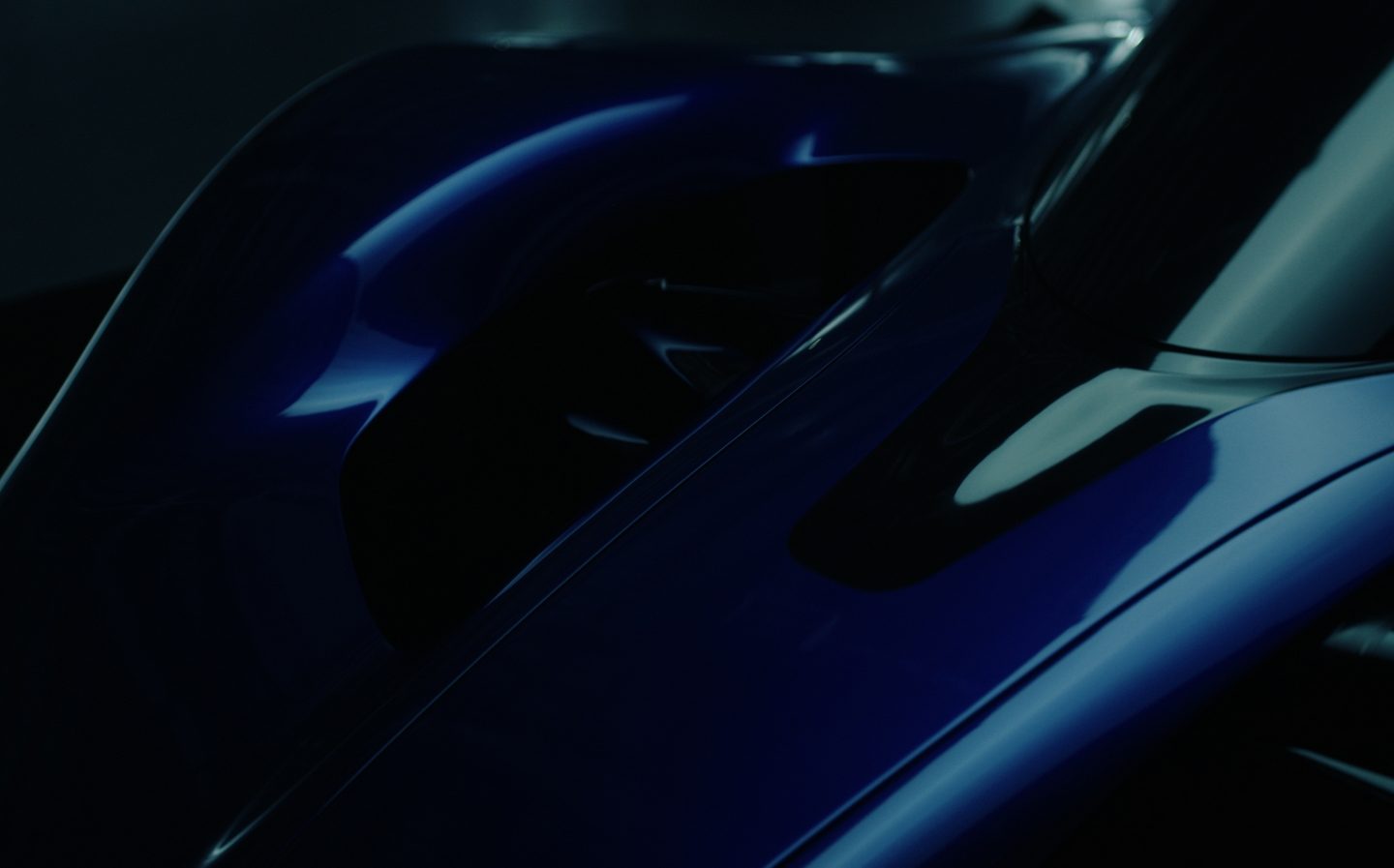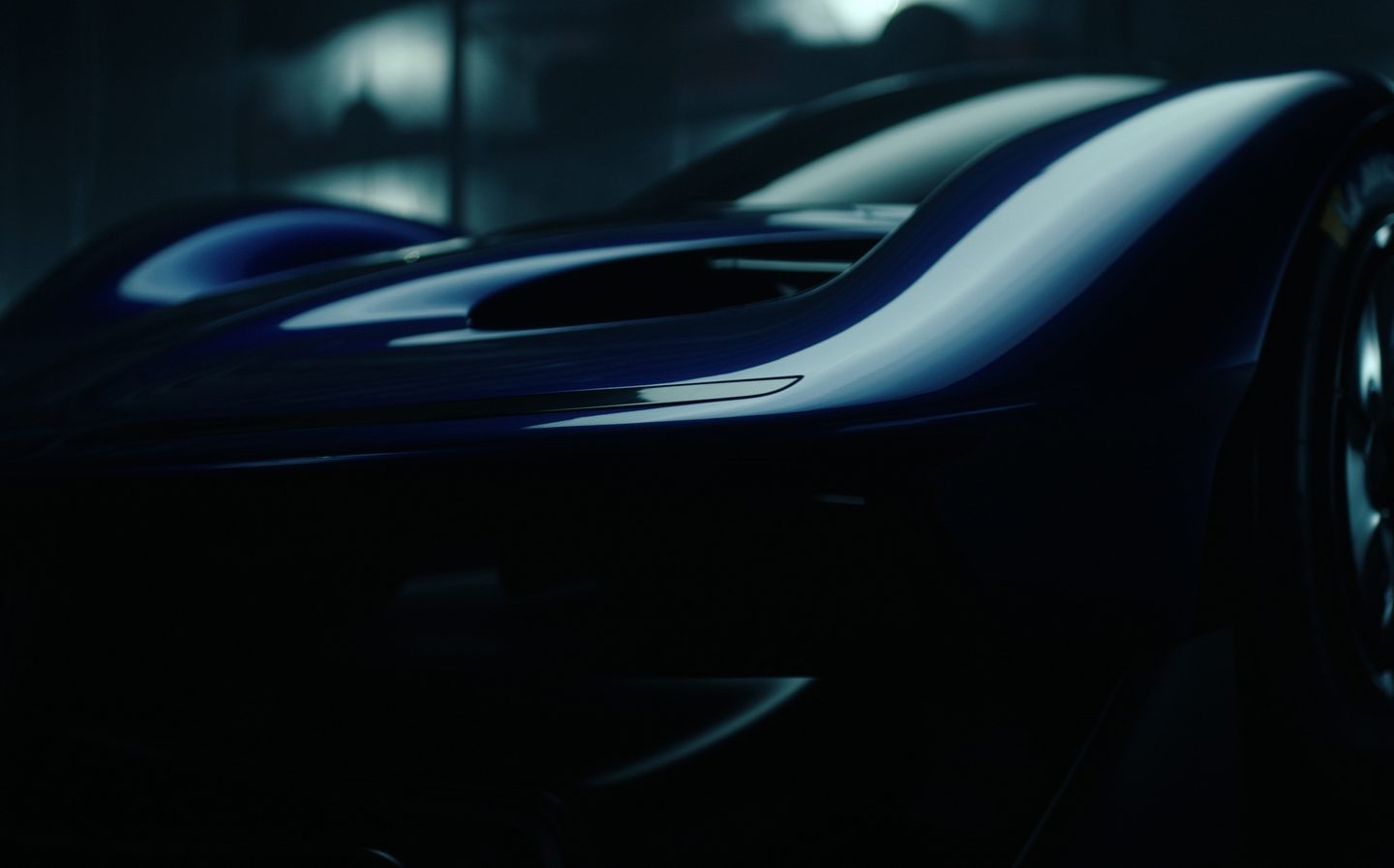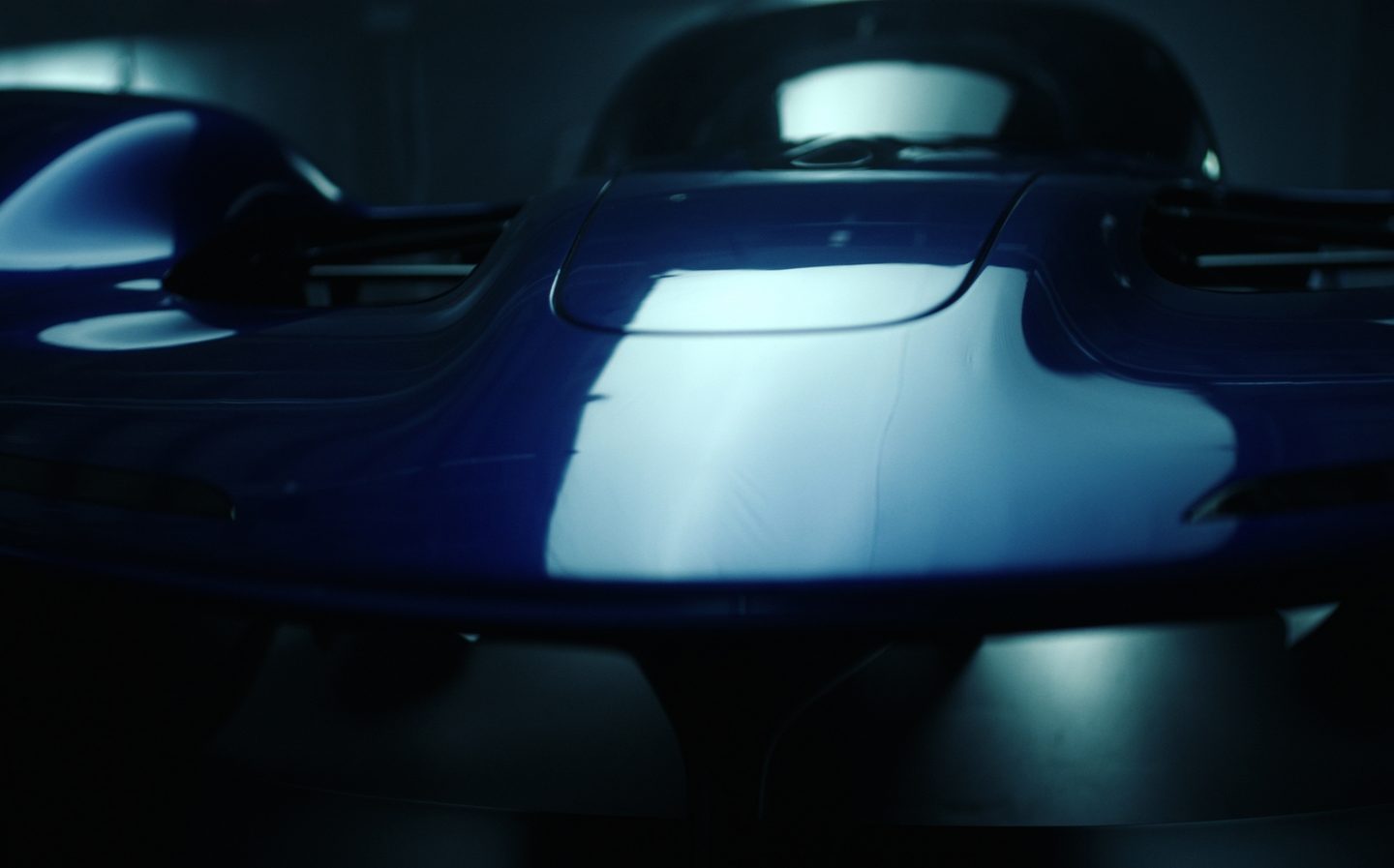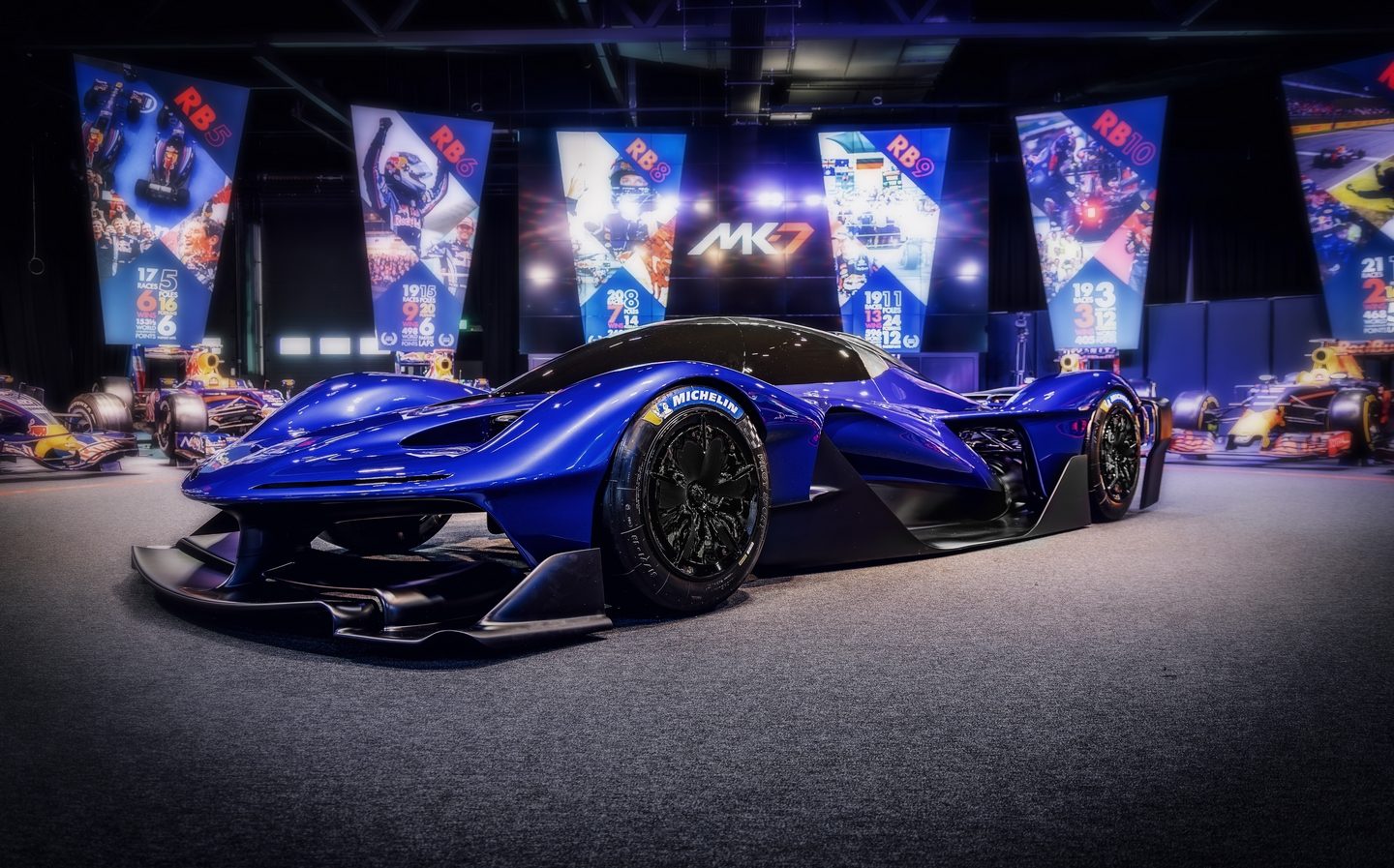Red Bull steals the show at Goodwood Festival of Speed with 1,200bhp hypercar designed by Adrian Newey
Adrian Newey gives the elite super-rich wings
In what is likely to be one of his last tasks before he leaves the Red Bull fold, F1 design supremo Adrian Newey helped unveil his much-hyped RB17 hypercar at the Goodwood Festival of Speed this morning. And as expected, it’s a technical tour de force.
Newey was joined by Christian Horner, Red Bull Racing’s team principal and CEO, and Rob Gray, Red Bull Advanced Technologies’ technical director, but everyone knows that the RB17 is Newey’s baby.
As fast as an F1 car?
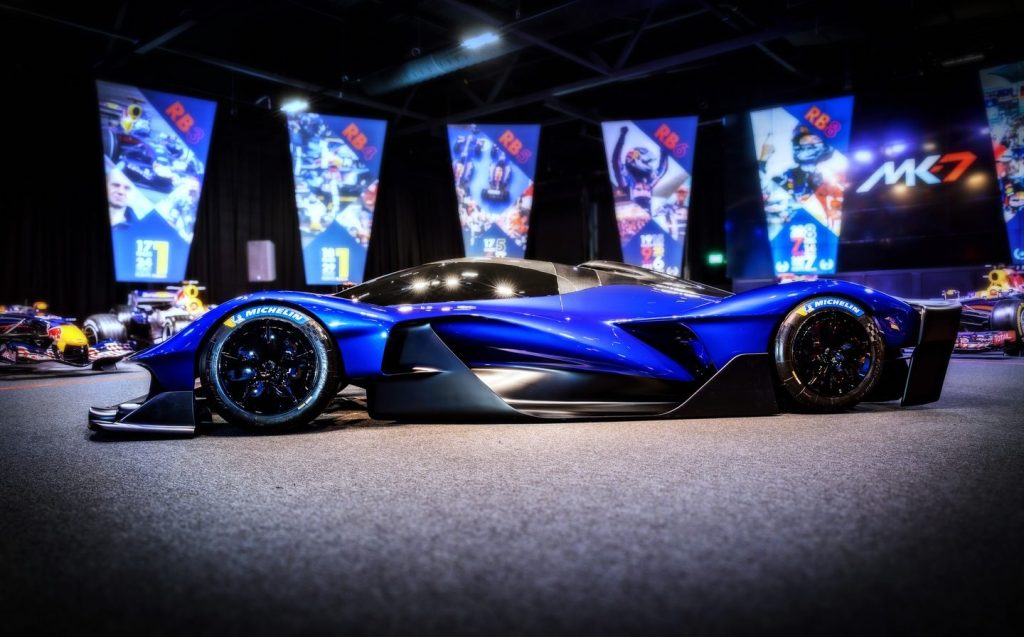
In launching the RB17, Newey offered tantalising details including the “F1-like speed” thanks to a hybrid powertrain that combines a high-revving, naturally aspirated V10 petrol engine with an electric motor to produce approximately 1,200bhp.
The 4.5-litre engine screams all the way to 15,000rpm — twice as many revs as avaialble from most daily drivers — and on its own creates about 1,000bhp. Those figures are certainly in the same ballpark as current Formula One cars.
Red Bull is quick to point out that’s possible while using 98 RON pump fuel, not some special racing concoction.
Depending on aero configuration — more on which in a moment — the RB17 should manage the same top speeds as F1 cars too, estimated at about 220mph.
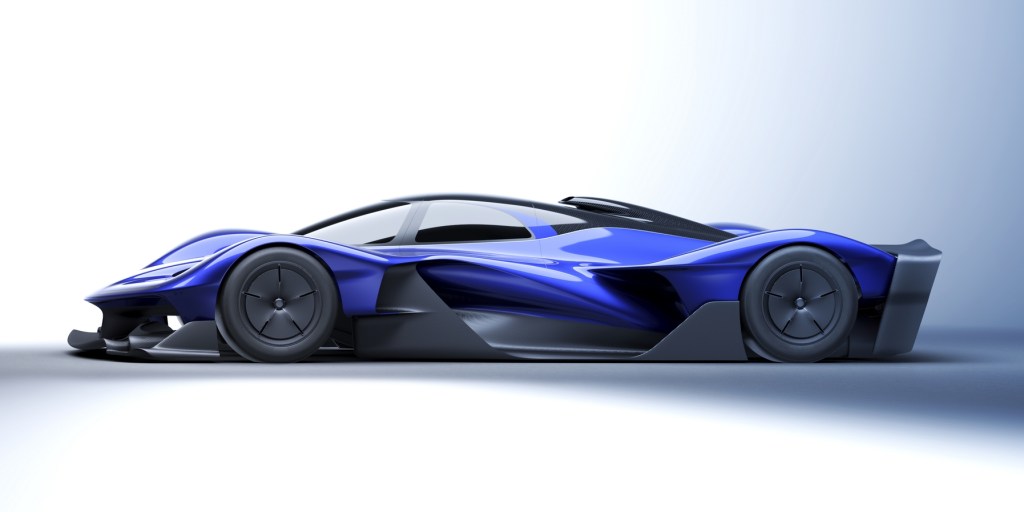
Although the RB17 has more bodywork than a single-seater, and indeed does accommodate two people, it’s less than 100kg heavier than the current F1 racers, at under 900kg. That means a power-to-weight ration of 1,333bhp per tonne; that compares with the Bugatti Chiron Super Sport’s 812bhp per tonne, for example.
All these details lend credence to the “delivers F1 lap times” comment in the official Red Bull press release.
All the carbon fibre
Just like an F1 car, the RB17 uses a carbon-fibre “monocoque” chassis tub to which the engine (a semi-stressed unit mounted in the middle of the car), gearbox and suspension are all bolted. The gearbox casing is made from carbon fibre as well and makes do with just six gears, with reverse taken care of by the electric motor alone. There is an hydraulically locking active differential, too, to manage power distribution to the rear wheels.
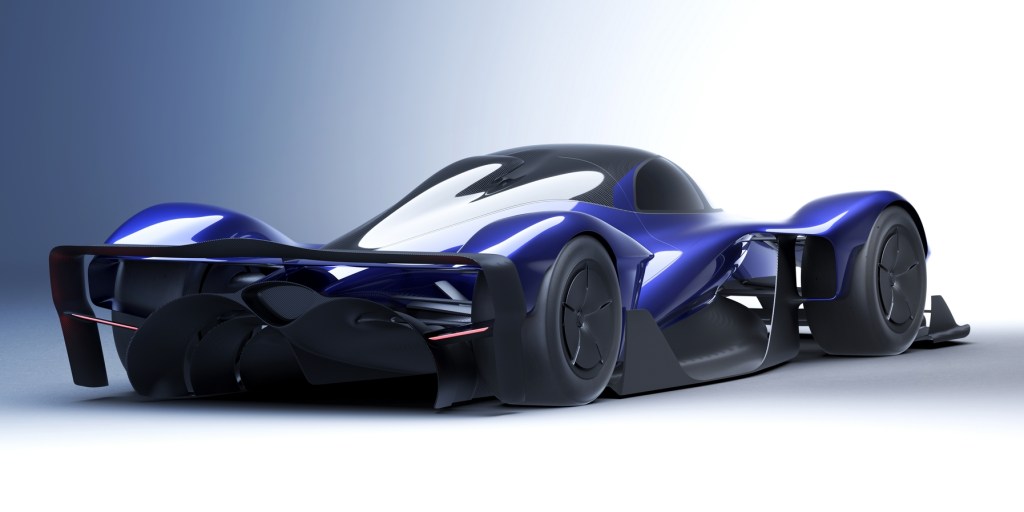
Naturally, the curvy bodywork clothing the carbon underpinnings will be made from carbon fibre as well, and its convoluted sculpting is expected to be the result of endless hours in the wind tunnel with Mr Newey poring over the data.
There are active aerodynamic elements front and rear to adapt to the conditions, something called “vortex-driven flow and wheel wake management”, as well as ground-effect aerodynamics (underbody elements that suck the car to the asphalt) producing up to 1,700kg of downforce. I.e. nearly twice the weight of the car itself.
Even the wheels are made of carbon fibre. They’re 18in items shod in Michelin slicks as standard, though a 20in wheel with treaded tyres will also be offered. Behind them are carbon brakes with anti-lock braking and brake-by-wire tech for the rear wheels.
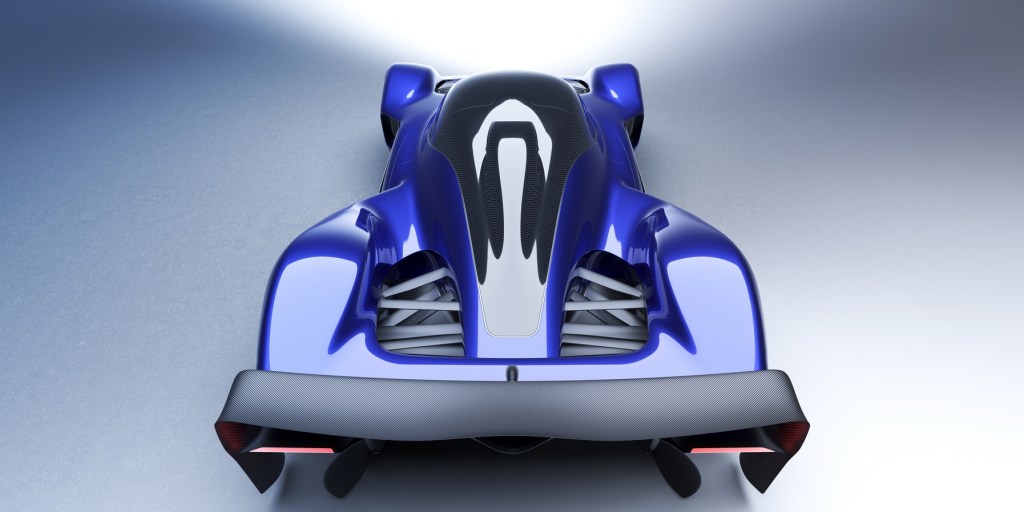
Look from above and you’ll see the exquisite F1-style finish of the RB17’s pushrod suspension system, though most of it is hidden under the bodywork. There’s active control of the ride height (plus a separate lift mode for manoeuvring at low speeds), body roll and damping and hydraulically assisted power steering to ease the driver’s life in the pitlane.
Designed for extreme track work
The RB17 is believed to be a track-only car. Red Bull makes mention of tailored driver training, special track events for owners and becoming part of the “Red Bull family” with social events and unique opportunities to mix with the Red Bull Racing team.
Limited to just 50 units, each car will be fully customisable by its buyer, though all will feature the same technical specification. Storage on board for helmets and racewear is incorporated into the design.
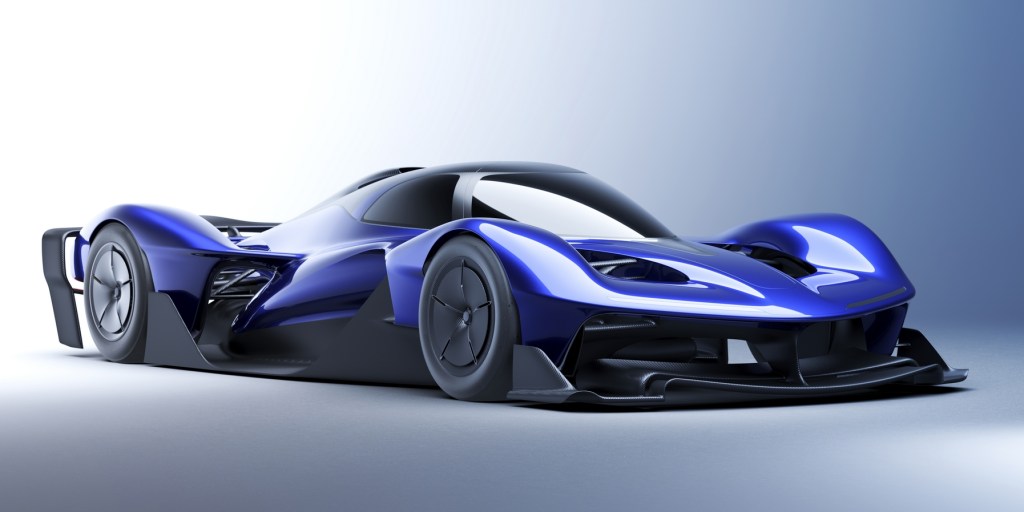
Interestingly, though Red Bull could have developed the RB17 without restrictions, it has been designed in line with the safety regulations governing the Le Mans Hypercar class. It also claims that the car is durable enough to survive a 24-hour race. Could it have the WEC and specifically Le Mans on its radar?
Any privateers considering an entry should take note that the RB17’s warranty expires after two years or 4,000km (2,485 miles), and the winning Ferrari at this year’s race covered a little more than that (in an event hampered by bad weather)… Perhaps Le Mans is next on the cards for Adrian Newey’s illustrious CV.
“I have been mulling around the idea to take on the challenge to design our very own hypercar, from concept to delivery, for many years,” said Newey, “and it has been a magnificent project and journey. For it to finally be the day we pull the covers off and see the birth of the RB17, is truly remarkable.
“The RB17 hypercar embraces everything we stand for: undeniable power, speed and beauty. It is very adaptable in its abilities, and we made sure to design it as a two seater so that the thrill of driving at F1 speeds can be enjoyed with a friend or partner.”
Related articles
- If you found news on the new Red Bull RB17 hypercar interesting, you might want to read about Aston Martin’s plans for hypercar racing at Le Mans
- Did you know that Bugatti and Rimac have joined forces?
- Or read our review of the Pininfarina Battista
Latest articles
- Skoda Enyaq 2025 review: Same book, different cover for electric SUV
- Lewis Hamilton wants to design a modern day Ferrari F40 with manual gearbox
- Dacia Bigster 2025 review: The ‘anti-premium’ family SUV that punches above its weight
- Your car’s worn tyres could be being burnt illegally in India, investigation reveals
- Open-top 214mph Aston Martin Vanquish Volante is world’s fastest blow-dry
- F1 2025 calendar and race reports: The new Formula One season as it happens
- Alfa Romeo Junior Ibrida 2025 review: Hybrid power adds an extra string to crossover’s bow
- Top 10 longest-range electric cars: all with over 400 miles per charge (officially)
- Renault 5 Turbo 3E ‘mini supercar’ confirmed with rear in-wheel motors producing 533bhp … and insane levels of torque


